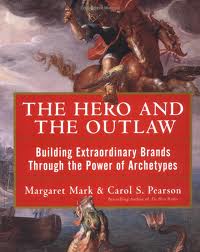Factoid
Reverse innovation, popularised by Vijay Govindarajan and Chris Trimble, is innovation that is developed or used in the developing markets like China and India and then adopted by the more affluent, developed economies. Frugal innovation and jugaad innovation are synonymous terms.
Read more

